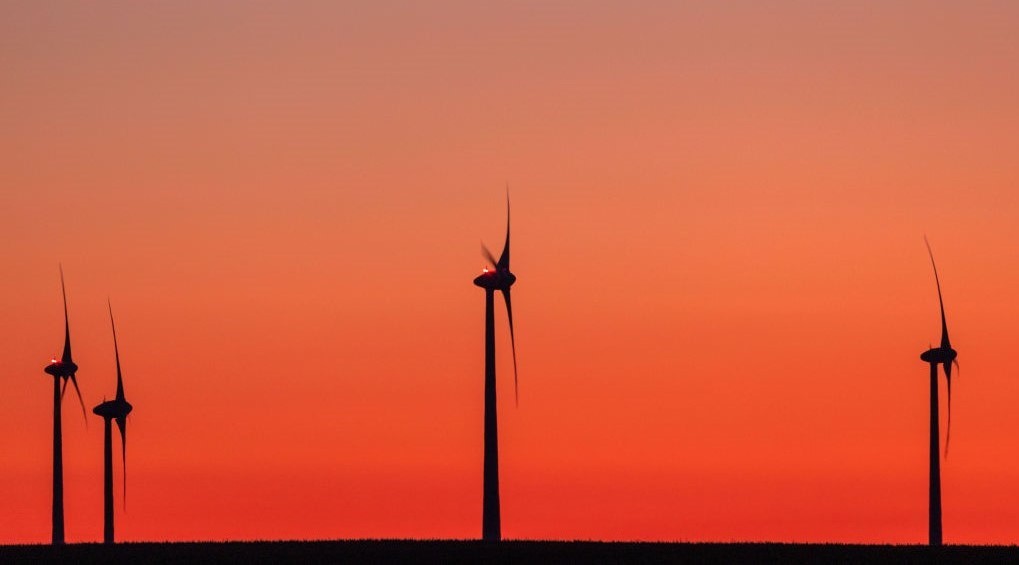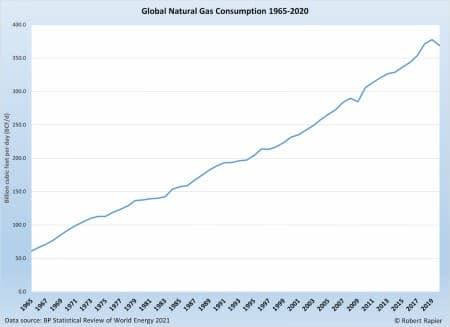[ad_1]
KARACHI, Pakistan: Spring, 1996. Tulips, poppies and contradictions have been blooming throughout Afghanistan. Uzbeks and Tajiks within the northern metropolis of Mazar-i-Sharif have been celebrating Nowruz, the Persian New 12 months. A pink flag flew over the town’s Blue Mosque.
Close by, hundreds gathered to look at horsemen play buzkashi, a sport just like polo besides the ball is changed with the carcass of a goat. The game aptly displays the violence and energy struggles which have marked Afghanistan for hundreds of years.
Nearly a thousand miles away, within the southern metropolis of Kandahar, I watched as members of the Taliban, then a newly emerged non secular power, held a large congregation of clerics from the seminaries of Afghanistan and Pakistan.

“The Taliban are relying on the ulema to implement Shariah legislation on this land of Allah,” Taliban chief Mullah Omar stated as a crowd of armed militiamen raised battle cries. “A brand new technology needs to be educated. Our obligation is to make use of power, take weapons … our mission needs to be fulfilled.”
My Talib (scholar) information defined the importance of Omar’s phrases. “These madrasah (Islamic faculty) clerics are our ideological custodians and their college students are future troopers,” he stated.
The Taliban initially gained recognition amongst locals for providing safety and an finish to the brutal civil battle that had been gripping the nation.
On crossing the border from Pakistan into the city of Spin Boldak, en path to the Taliban’s headquarters in Kandahar, the group’s distinctive white flags have been seen from a distance flying on rooftops and among the many surrounding hillocks.

By the point of my subsequent go to to Kandahar, in 1998, the Taliban had seized management of about 90 % of Afghanistan. Native clerics introduced new guidelines from mosques and over the airwaves of Radio Shariat.
Music, soccer and kite flying have been banned. Males have been advised to develop beards at the least the size of a clenched fist. Ladies weren’t allowed to depart their properties until accompanied by a male family member. The schooling of women was prohibited.
I wore a standard salwar kameez however was nonetheless taunted on account of my French beard and uncovered head. My driver had realized to deftly swap music cassettes on the automotive stereo to play warrior anthems whereas driving within the metropolis or within the neighborhood of Taliban checkpoints.
I had traveled there to cowl the first-ever talks between the UN and Mullah Omar at his fortress-like residence.

“The Western world fails to grasp the Taliban,” Mullah Muttamaen, a number one member of the group, advised me repeatedly. I requested him whether or not the Taliban, in flip, understood the world. He regarded away in tense silence.
Whereas investigating the experiences of minorities beneath Taliban rule, I discovered a neighborhood during which Hindus and Sikhs had been ordered to put on yellow fabric to establish themselves. I wrote a narrative about it that was printed whereas I used to be nonetheless in Afghanistan. After receiving threats, I used to be pressured to flee the nation in the dark.
Since then, the Taliban has advanced into an organized power. Not is it an assortment of clueless, brutal males in black turbans using bikes and bullying locals.
After I met Mullah Akhtar Mansour within the late Nineties, he had simply been appointed aviation minister by Mullah Omar as a result of he had downed two Russian helicopters with a rocket launcher and was due to this fact thought to grasp how objects labored within the air. He went on to develop into chief of the Taliban in July 2015, and was killed in a US drone strike in Might 2016 after coming into Balochistan in Pakistan from Iran.

Mullah Omar usually boasted about how the Taliban motion started with only a few dozen madrasah college students with bikes and two borrowed autos. Now it has developed a hierarchical construction.
Its leaders coalesce within the Management Council, or Rehbari Shura, a decision-making physique for political and navy affairs. It controls many commissions on economics, well being and schooling, working like a cupboard of ministers.
Mullah Abdul Ghani Baradar successfully serves because the Taliban’s overseas minister. Its political fee has an workplace in Doha for worldwide illustration, which negotiates with diplomats on the Islamic militia’s behalf. The Taliban has developed ties with Iran, Russia and China in preparation for a possible return to energy.
“If our leaders are consuming meals with a knife and a fork in Moscow, Beijing, Tehran or Doha, it doesn’t imply we are going to betray our ideology,” one Taliban chief stated.
At one time, younger Taliban fighters in Afghanistan feared American air energy. I as soon as witnessed a Taliban soldier shouting curses at a formation of B-52 bombers. “Meet us head to head if in case you have the braveness,” he shouted on the sky. Now the group has reportedly used drones in a few of its assaults.

It’s estimated that the Taliban at present has between 55,000 and 85,000 educated fighters, and locals say they’re higher outfitted than in earlier years.
“They’ve night-vision goggles, thermal rifle scopes, armored autos, bulletproof vests, wi-fi units,” stated Rashid Khan, a resident of Nimroz province. “They’ve an enormous amount of American weaponry captured from Afghan forces — even Humvees.”
Though Taliban forces look like taking management of the nation following the current departure of US troops, with districts and provincial capitals falling like dominoes, reestablishing and sustaining rule throughout Afghanistan won’t be simple.

They may face opposition from a brand new technology of Afghans, together with educated youths who bitterly oppose the group’s return to energy.
Throughout current peace talks there was a lot hypothesis about simply how a lot the Taliban has modified prior to now 20 years by way of governance, adherence to human rights, creative expression, and whether or not ladies can be allowed to work and women to go to highschool.
The group’s political leaders know that the strategies of the previous won’t grant them legitimacy, however the fighters on the bottom are ideologically dedicated to establishing an “Islamic emirate.”
The latter embody the lads who shot useless the comic Nazar Mohammad Khasha in Kandahar in July. In one other incident, two alleged kidnappers have been publicly executed and not using a trial. Stories are additionally circulating about varied restrictions already being positioned on ladies.
It appears the Taliban now has three faces: The Rahbari Shura leaders who’re the custodians of the Taliban ideology; the political Shura leaders who’re making an attempt to achieve legitimacy by enhancing the Taliban’s public picture; and the mass of fighters cast in battle.

There’s additionally uncertainty over whether or not the Taliban can or will forestall Afghanistan from as soon as once more changing into a world hub for terrorism. Greater than 2,000 militants affiliated with Daesh are reportedly working within the nation.
There’s moreover the problem of the Pakistani Taliban utilizing Afghanistan as a secure haven from which to launch assaults in Pakistan.
It will likely be tough for the Afghan Taliban to sever ties with Al-Qaeda and the Pakistani Taliban, even when it desires to, as a result of the trio shaped a nexus throughout the course of the “battle on terror.”
Whereas many analysts have been shocked by how rapidly the Taliban regime fell after the 2001 US invasion, porous borders continued to supply a sanctuary for its members. Many crossed into Pakistan’s Balochistan province with their households.

A lot of the border has since been fenced however on the time, Taliban fighters in distant villages in Zabul and Uruzgan provinces have been betting on the US forces ultimately getting uninterested in combating.
“Mullah Omar has stated: ‘People have the clocks however we’ve got the time,’” as one seasoned fighter put it. The Taliban’s notion of getting time on its facet persists.
For greater than 40 years Afghanistan has been a battlefield of conflicting ideologies and ethnicities — a bloody tug-of-war between warlords over opium and alternatives for corruption.
I’m reminded of the phrases of Shahrbano, a younger Afghan lady I met in Peshawar years in the past whose household twice needed to flee Kabul; as soon as resulting from Mujahideen infighting, which diminished the town to ruins, and once more throughout the regressive rule of the Taliban.
“With each invasion, be it Russians or People or Mujahids or Taliban, every Afghan dies a little bit,” she stated. “We’re the goal on this sport of loss of life, like a carcass in buzkashi — and the world watches it, many times.”

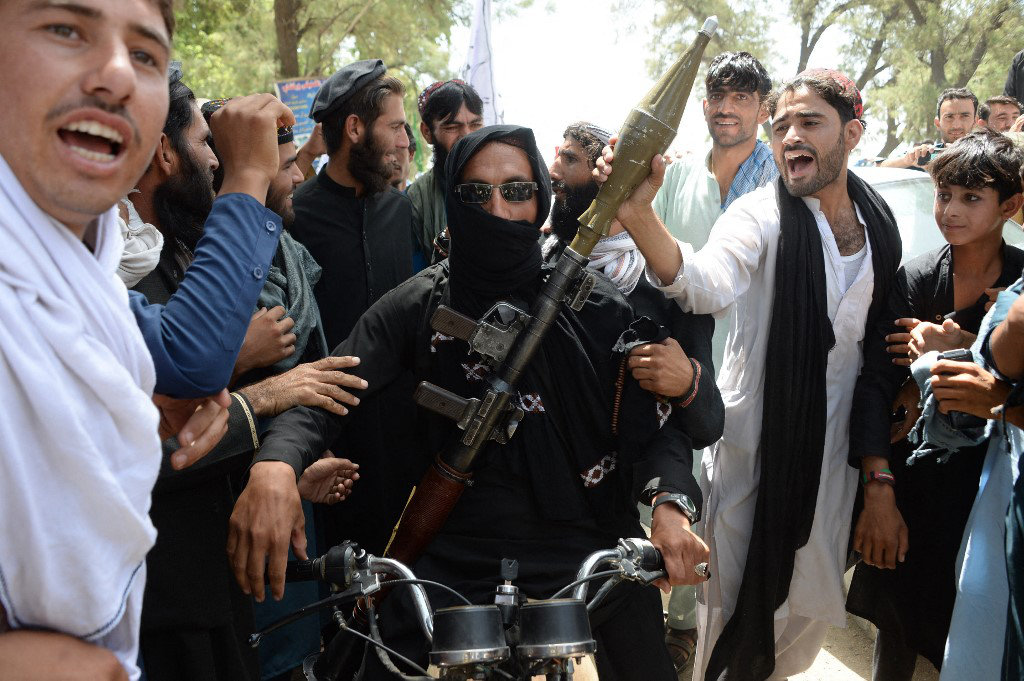

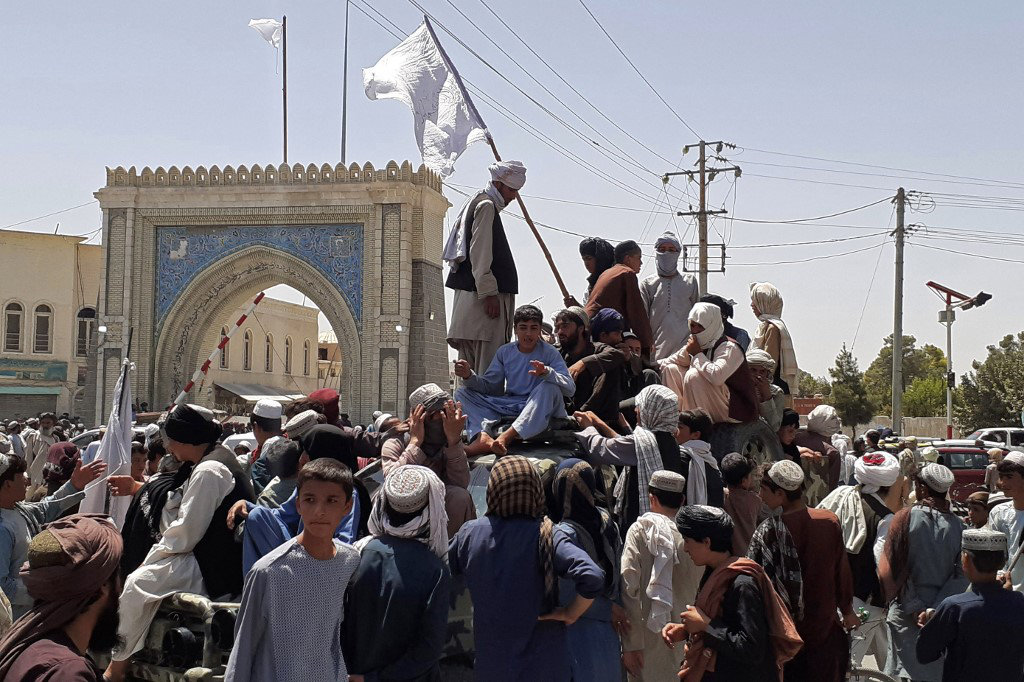
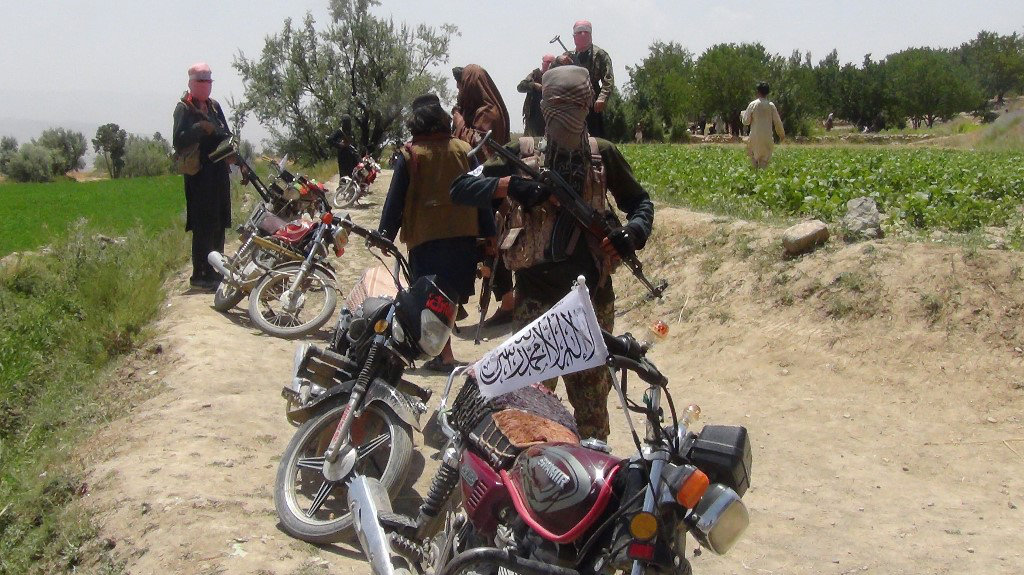
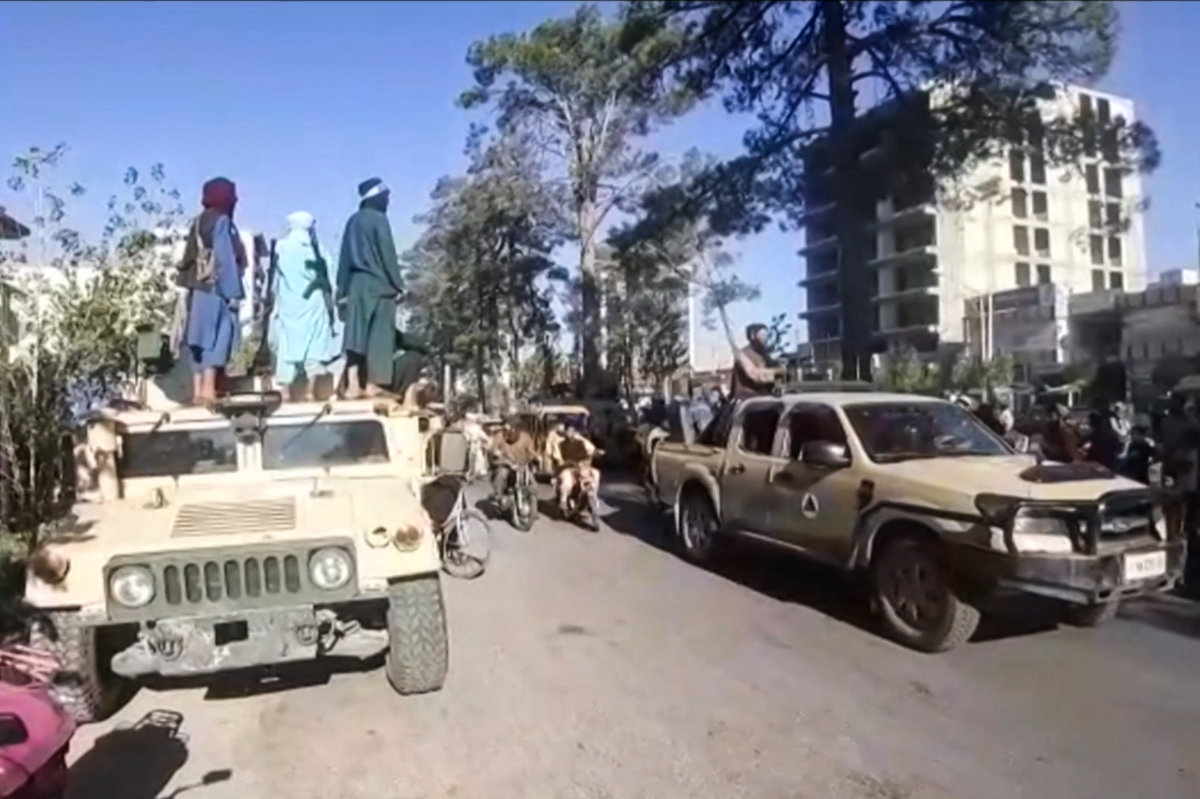
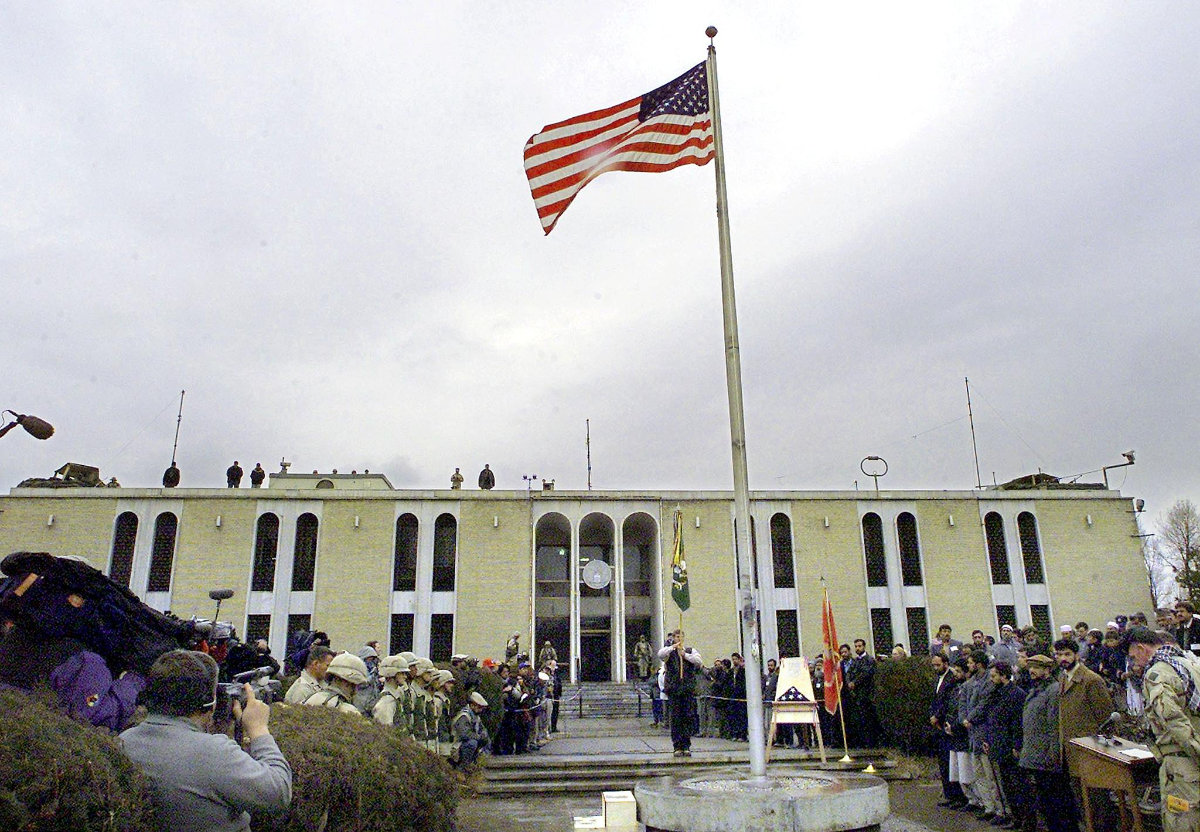
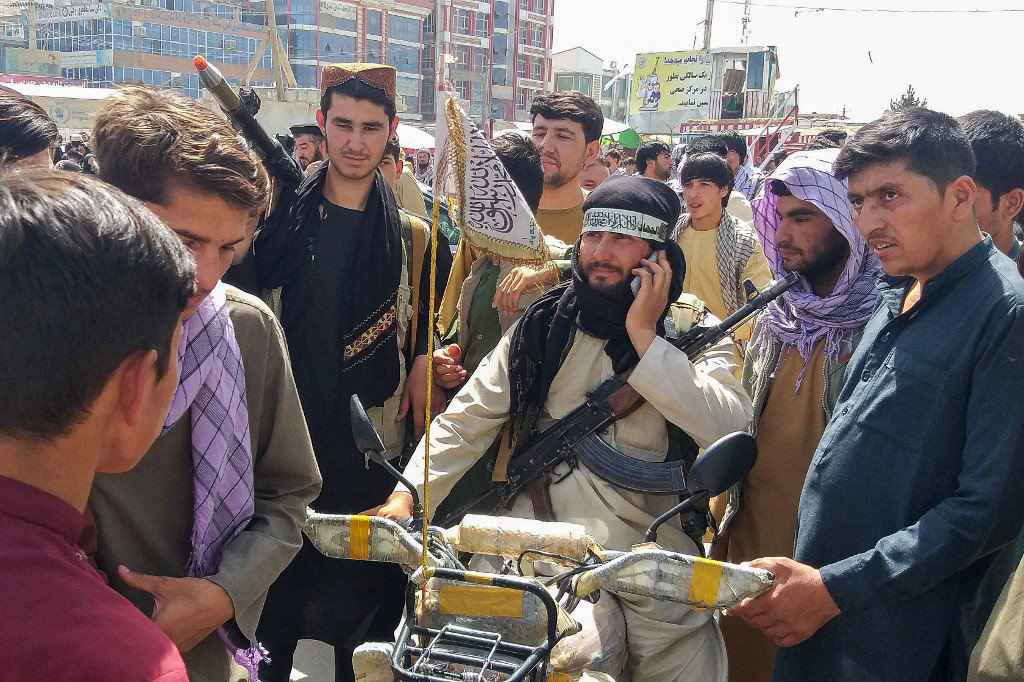
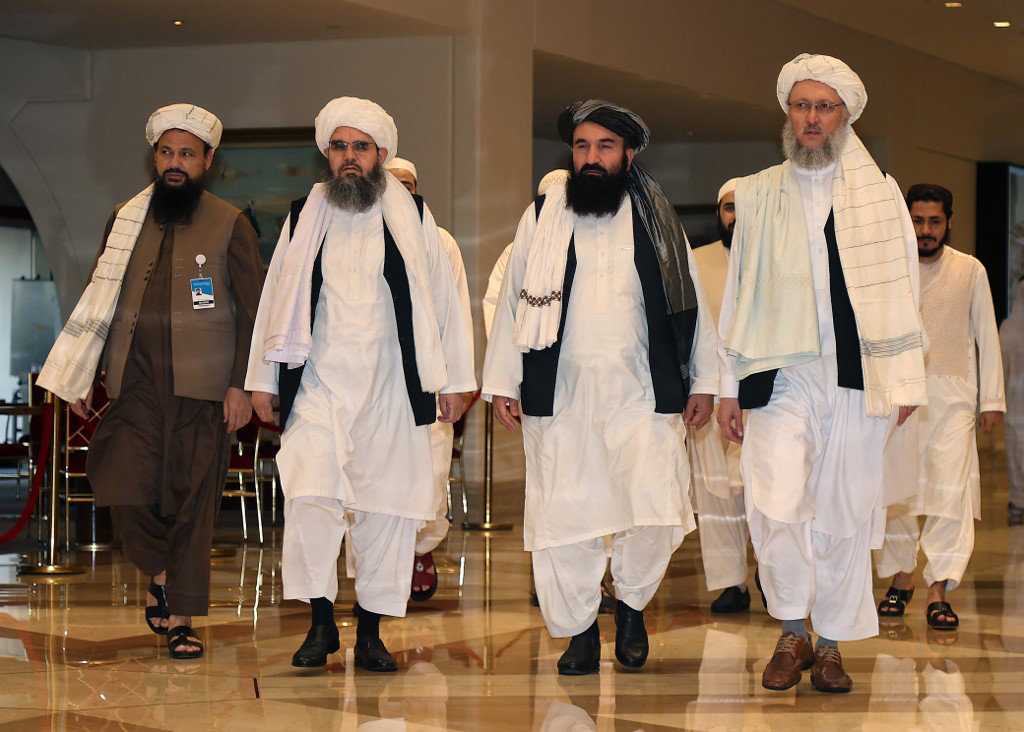
[ad_2]
Source link


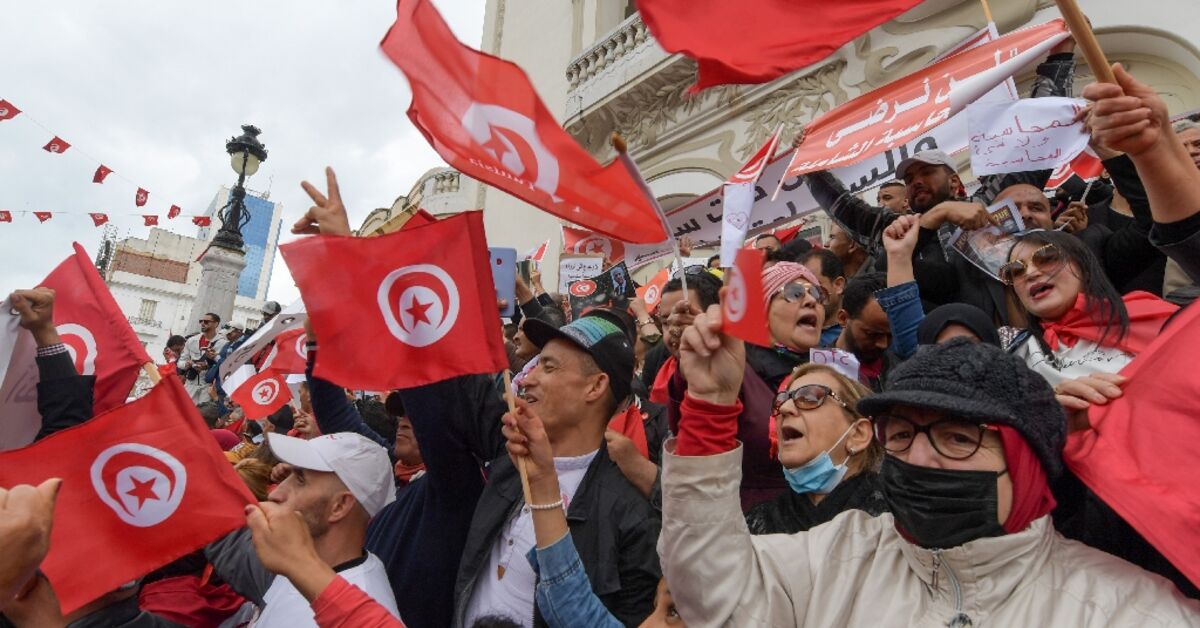
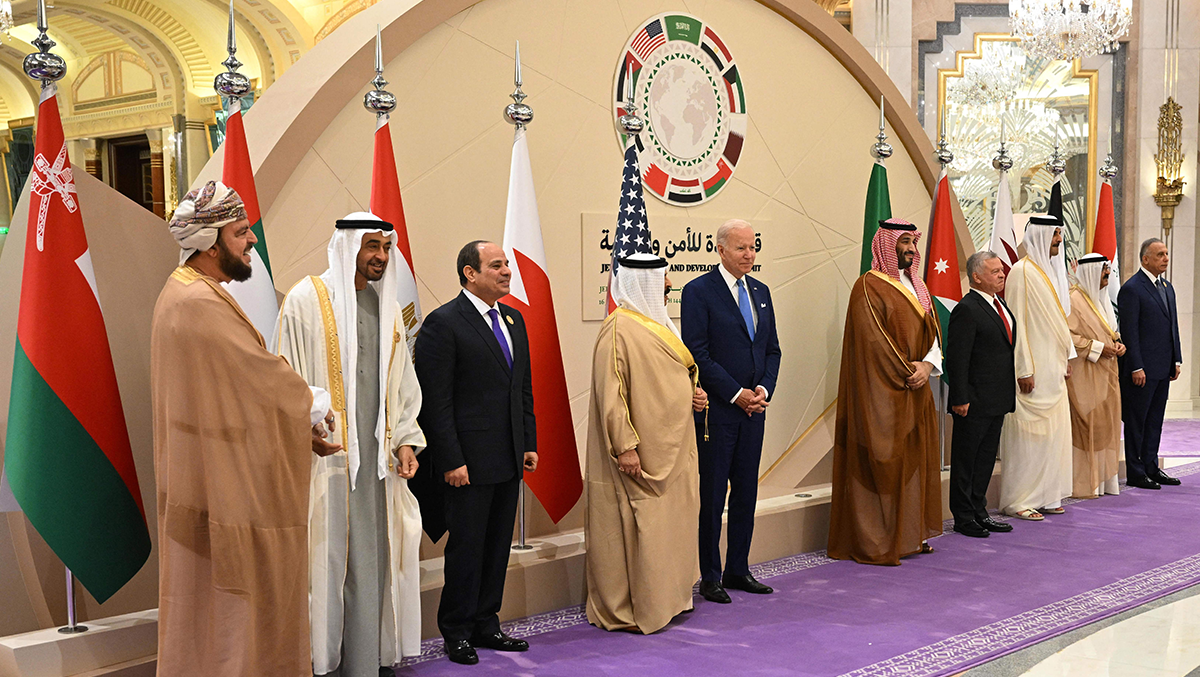
%20who%20is%20visiting%20the%20Agency%20on%20the%2075th%20anniversary%20of%20its%20founding%20in%20Langley,%20Virginia,%20on%20July%208,%202022%20-%20AFP.jpg?itok=IqZpGQ2M)
